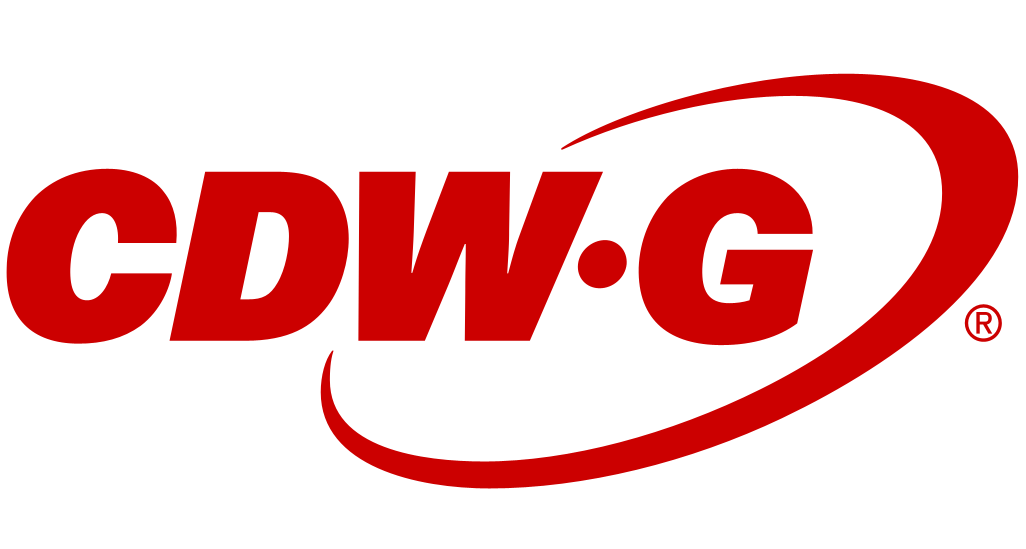
Know your gear
McAfee VirusScan command line scanners deliver the advanced scanning technology of VirusScan in a Windows-based command line utility, delivering comprehensive detection and cleaning with the granular control that you can only get by using a command line scanner.
The nature of the threat has changed significantly in recent years. There are now in excess of 85.000 threats and more than 275 new threats appear each month. Alongside the 'traditional' virus threats, there are now e-mail worms, Internet worms, DDoS (Distributed Denial-of-Service) attacks, backdoor and remote access Trojans and zombies. Many of these threats combine multiple attack mechanisms, to maximize their chances of spreading quickly through corporate networks worldwide. It's not uncommon to see threats that make use of several, or even all, of the following techniques: mass-mailing, infection via network shares, infection using peer-peer networking like IRC, ICQ and KaZaa. McAfee VirusScan command line scanners use the superior scanning technology built into the McAfee scan engine to detect all of these threats.
New threats appear all the time, and many of today's viruses and worms strike fast and move quickly, making a scanner's ability to flag new, unknown threats more important than ever. McAfee VirusScan command line scanners harness the McAfee scan engine's advance protection technologies to isolate new threats.
McAfee advanced heuristic analysis lets us look through the code in a file, and determine if the actions it takes are typical of a virus. The more 'virus-like' code found, the more likely it is to be infected. To reduce the risk of false alarms, this 'positive' heuristics approach is combined with 'negative' heuristics, which search for those things that are distinctly non-virus-like.
Generic detection involves using a single virus definition to detect and clean many variants of the same virus family. This is especially useful today, when a 'successful' threat is often followed by a host of variants.
When a file is compressed or archived, the original bytes of a file are re-arranged as part of the space-saving process. If the file is infected, the bytes belonging to the virus are also re-arranged and the characteristic 'string' that an anti-virus scanner looks for may no longer exist, resulting in a hidden threat lurking within any compressed, archived or packed file. McAfee VirusScan command line scanners are able to drill-down into multiple layers of compression, to seek out the hidden threat.
McAfee VirusScan command line scanners make full use of the McAfee scan engine's ability to clean infected files. This is important because if a scanner simply flags an infection, the system administrator must replace the file, either from an original master disk or CD (in the case of EXE files) or from a backup (for documents and spreadsheets). When the scanner is able to clean the infected file, business continuity is maintained, downtime is minimized and costs are reduced.
False alarms - where an anti-virus program mistakenly flags an innocent file as being infected - cost money and undermine confidence in a company's anti-virus defenses. That's why it's essential to minimize the risk of false alarms. Every week, McAfee virus definition (DAT) files undergo rigorous QA testing on a test server containing more than a terabyte of real-world applications, thereby minimizing the risk of costly false alarms.
The nature of the threat has changed significantly in recent years. There are now in excess of 85.000 threats and more than 275 new threats appear each month. Alongside the 'traditional' virus threats, there are now e-mail worms, Internet worms, DDoS (Distributed Denial-of-Service) attacks, backdoor and remote access Trojans and zombies. Many of these threats combine multiple attack mechanisms, to maximize their chances of spreading quickly through corporate networks worldwide. It's not uncommon to see threats that make use of several, or even all, of the following techniques: mass-mailing, infection via network shares, infection using peer-peer networking like IRC, ICQ and KaZaa. McAfee VirusScan command line scanners use the superior scanning technology built into the McAfee scan engine to detect all of these threats.
New threats appear all the time, and many of today's viruses and worms strike fast and move quickly, making a scanner's ability to flag new, unknown threats more important than ever. McAfee VirusScan command line scanners harness the McAfee scan engine's advance protection technologies to isolate new threats.
McAfee advanced heuristic analysis lets us look through the code in a file, and determine if the actions it takes are typical of a virus. The more 'virus-like' code found, the more likely it is to be infected. To reduce the risk of false alarms, this 'positive' heuristics approach is combined with 'negative' heuristics, which search for those things that are distinctly non-virus-like.
Generic detection involves using a single virus definition to detect and clean many variants of the same virus family. This is especially useful today, when a 'successful' threat is often followed by a host of variants.
When a file is compressed or archived, the original bytes of a file are re-arranged as part of the space-saving process. If the file is infected, the bytes belonging to the virus are also re-arranged and the characteristic 'string' that an anti-virus scanner looks for may no longer exist, resulting in a hidden threat lurking within any compressed, archived or packed file. McAfee VirusScan command line scanners are able to drill-down into multiple layers of compression, to seek out the hidden threat.
McAfee VirusScan command line scanners make full use of the McAfee scan engine's ability to clean infected files. This is important because if a scanner simply flags an infection, the system administrator must replace the file, either from an original master disk or CD (in the case of EXE files) or from a backup (for documents and spreadsheets). When the scanner is able to clean the infected file, business continuity is maintained, downtime is minimized and costs are reduced.
False alarms - where an anti-virus program mistakenly flags an innocent file as being infected - cost money and undermine confidence in a company's anti-virus defenses. That's why it's essential to minimize the risk of false alarms. Every week, McAfee virus definition (DAT) files undergo rigorous QA testing on a test server containing more than a terabyte of real-world applications, thereby minimizing the risk of costly false alarms.
